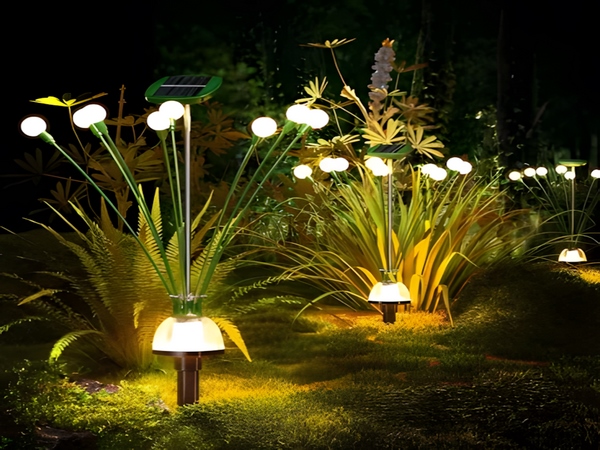
Solar energy has a wide range of applications for photovoltaic power stations, which can be built on rooftops, ground, etc. However, compared to only installing rooftop systems, there is vast potential for development in this area.
Home rooftop photovoltaic power stations belong to distributed photovoltaic power stations, which can connect directly to the distribution network, primarily operating on a self-consumption basis with any surplus electricity fed back into the grid.
Everyone knows that irrespective of the system installed or configured, it is essential to follow reasonable procedures and regulations. So how should home solar photovoltaic power stations be installed to comply with these regulations?

Bitpott photovoltaic solar system manufacturers will guide you through the process:
1. User Application for Home Photovoltaic Power Generation
Users applying for home photovoltaic power stations need to prepare an original and a copy of the resident ID; the property deed of the house where the station will be installed or other proof of use; and for public areas such as rooftops of multi-story and high-rise buildings, evidence of consent from the property management should be obtained. Once the power supply company accepts the grid connection application, they will conduct an on-site inspection and draft a connection system plan based on national, industry, and local technical standards, as well as site conditions.
Users may independently choose a qualified construction unit for the installation, ensuring compliance with national, industry, and local construction technology and safety standards. After the photovoltaic generation system installation and connection are completed, users need to submit a grid connection acceptance and commissioning application to the local power supply company, along with the required acceptance and commissioning materials. The power supply company will install a two-way meter and sign a “Power Generation Contract” with the user based on equality and voluntariness, specifying the rights and obligations of related parties in power generation and consumption. They will also send personnel to assist the customer with free grid connection acceptance testing, issuing a “Grid Connection Acceptance Opinion.” If the acceptance is not approved, a rectification plan will be proposed until it is passed.
2. Installation Considerations for Home Solar Power Generation Systems
For rooftops of multi-story or high-rise residential buildings, these areas are part of the common area, not owned by individual households, and the ownership is shared by all owners of the building. To construct a power station on the rooftop, consent from all owners is required; otherwise, the property management will not permit the use of the rooftop.
If this issue is not managed properly, it could result in resistance from the property management, leading to intervention from city management.

Therefore, if residents wish to build a solar photovoltaic power station on the rooftop, they must first check that the rooftop has space reserved for installing such equipment and obtain consent from other owners. This is typically negotiated between individual owners and the owners’ committee.
The above details are the essential points regarding the installation of home photovoltaic power stations. Only by properly addressing these issues can your power station truly meet the requirements. Users wishing to inquire or install home photovoltaic solar power systems are welcome to consult Bitpott photovoltaic system manufacturers.



